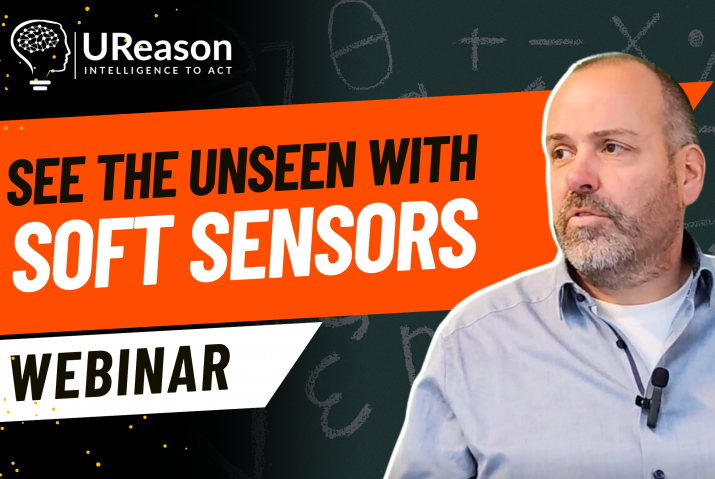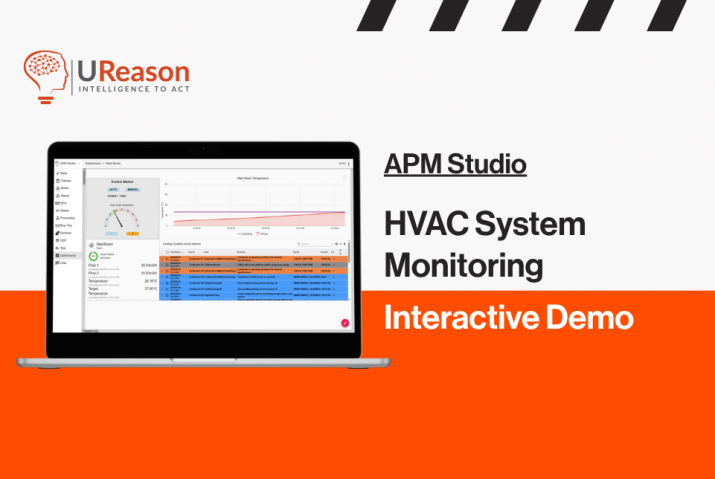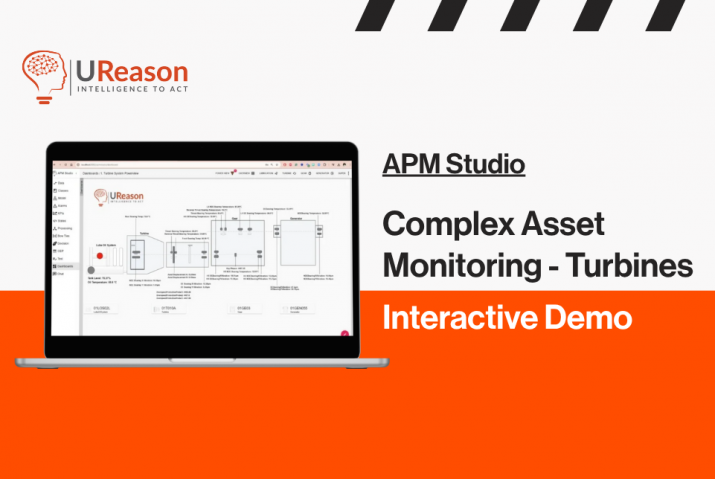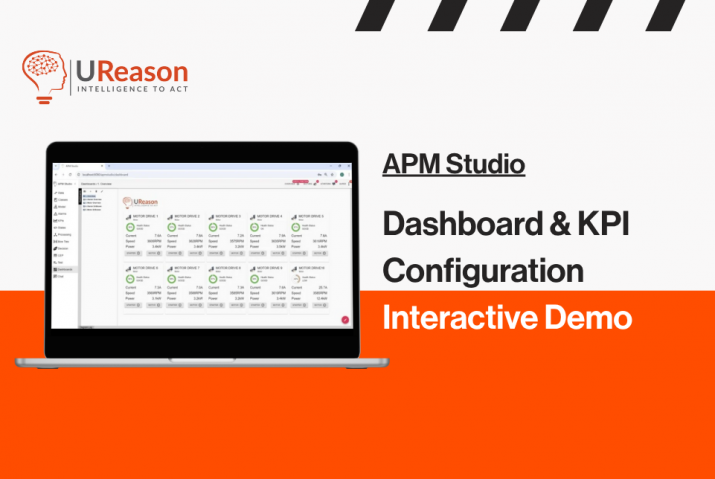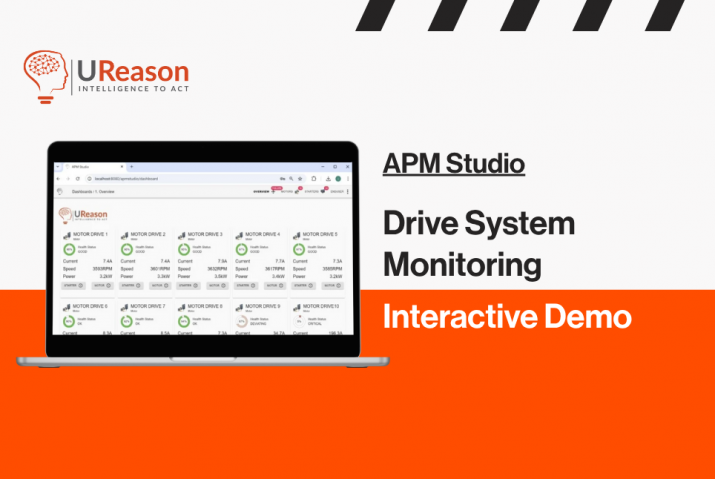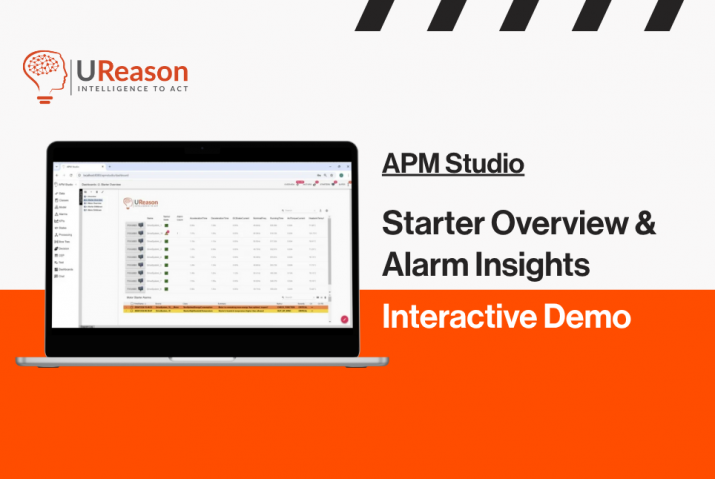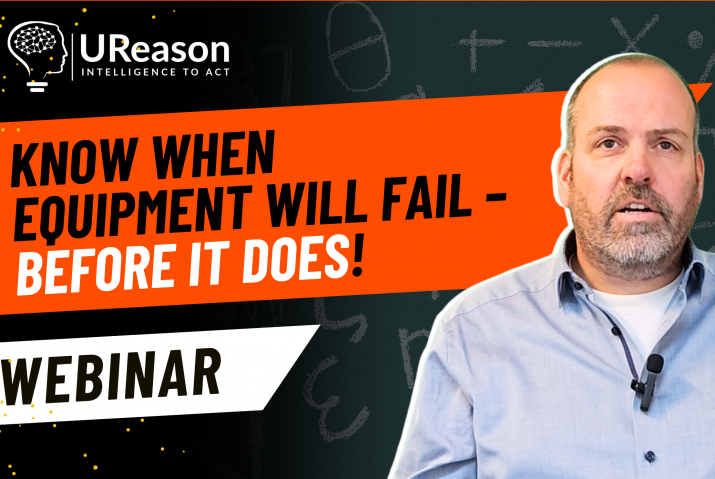
MaxGrip partnered with Vitens to scope their readiness for data driven maintenance including how to align initiatives, how to work towards a common goal and take the next steps. In this article MaxGrip summarizes the learnings that Vitens shared in MaxGrip’s recent joint webinar.
Vitens is the largest drinking water company in the Netherlands with 5.8 million customers. They maintains a pipeline network of 50,000 kilometers with 93 drinking water production locations for water treatment across a wide geographical area. To determine whether the organization is ready for a more data-driven approach to asset management, MaxGrip reviewed:
- Organization strategy and pilots
- Asset failure history
- Asset base, cost & maintenance
The current situation and high-level findings
Pilots & strategy
The pilots were stand-alone initiatives with their own limited scope. They were a great way to gain more knowledge and understanding of data driven maintenance, the tools and systems and opportunities available. However, many initiatives got stuck before reaching an improvement and most forgot to share learnings with the rest of the organization. The strategy or objectives of the pilots were not always clear, nor was the alignment with the (long-term) business strategy. In addition, every pilot team tried to find their own way through the ICT infrastructure.
Asset failure history
The available failure data did not provide enough insights to be able to pinpoint suitable asset types for data driven maintenance. This is also a challenge for the future as predictive models need to be trained based on historical failure data. Vitens is already working on solving this as they set up their asset register in a new version of their EAM system with a better setup. In a few years they will be able to have better data insights.
Asset base, cost and maintenance
Vitens aims to ensure a very high availability, which is mainly achieved by having a lot of redundancy in their asset base. As all of these assets need to be maintained, their maintenance costs are relatively high. Therefore, looking from the perspective of the asset base, optimization of maintenance is most suitable for the goal of cost reduction. In the case of Vitens, reducing cost is not achieved by reducing maintenance scope, but by optimizing the moment of maintenance execution through setting up data triggers.
To give an example: reservoirs are in the top 3 of asset types with the highest costs. For these assets periodical cleaning is needed to ensure water safety and hygiene. This takes a reservoir out of commission for 24 to 48 hours which is, of course, costly. Predicting when the reservoirs need maintenance can improve planning and preparation efforts which can be more efficient and cost-effective. Hence, reducing the asset scope is not an option, but the optimization of maintenance execution is.

Learnings
Vitens already knew that they were not yet ready for a full-blown data driven maintenance strategy. However, their situation included positive elements that clearly showed that the organization wanted to work towards the next step in their digital transformation journey. They formulated three important learnings from this readiness evaluation.
1: Centralize project management & strategy
Vitens realized that they need a central plan including common goals and managed by one project team. They started with setting up a multidisciplinary project team with all relevant disciplines and stakeholders across layers of the organization, including engineers, management, IT specialists and field technicians.
This new way of working brings together isolated initiatives. Ideally, you don’t start without having determined the overall strategy and goal. What is the business need and what does success look like? This also goes for resulting projects or pilots: define how they contribute to the common objectives.
In the case of Vitens, the readiness evaluation helped them to determine that having more and better asset health insights (short-term goal and enabler) and saving cost (long-term goal) are important business needs that drive data driven maintenance. Vitens wants to finetune this by further detailing what success should look like, making the goals more quantifiable and measurable. The long-term strategy should include a continuous improvement loop, which is usually good to do but is in this case essential as data driven maintenance is so new. It will allow for learnings and new insights to adjust the course as you go which will accelerate growth towards a data driven maintenance organization.
2: Listen to your data and manage it well
Many assets already produce self diagnostic data, but Vitens was not yet listening. This diagnostic data provides the opportunity to use these to trigger maintenance, instead of having time-based rounds to assess the condition of these assets.
The pilots were started bottom up, sometimes with new sensors, and a pilot-specific way of using OT/IT infrastructure. This ‘inventing-the-wheel’ strategy was creating islands of knowledge and experience. So instead, when the new centralized project management would be in place, it was decided to first start listening to what’s already there. Vitens has a lot of sensors and instruments available; let’s make the best use of these before adding anything more and possibly complicate matters.
In the area of data management Vitens understood that they needed to safeguard its quantity and quality going forward. The water company is now in the process of appointing data managers who are responsible for data quality. The new team will define together what ‘good’ looks like regarding the data and their work in collaboration with the data driven maintenance project team.
3: Collaborate with IT
Data driven maintenance is only possible if you work together with the IT department. They are the key in creating a shared data platform for all relevant data. Current systems and tools play a role of course, but Vitens will want to consider adding solutions as well, for example in the area of predictive analytics. Vitens worked not only with MaxGrip, but also with predictive analytics expert UReason. They could advice on the current OT/IT readiness relating to predictive analytics, systems and processes. This further drove the point home that teaming up with IT is important as moving towards data driven maintenance will affect your data infrastructure, systems and tools and processes. At Vitens, the maintenance department is now working closely together with the IT department to realize a shared data platform and to connect all data ensuring that insights from the assets can be retrieved in such a way that this can be used for decision making. An IT specialist is also part of the data driven maintenance project team. Next to that, and IT architect is working on the data policy to safeguard data security.
Don’t forget about change management
Vitens now has an overview of their current data driven maintenance readiness and is taking the next steps in a controlled and centralized way. As you can tell from this example, data driven asset management goes beyond the data and systems. Processes, roles and responsibilities and also culture and way of working are all influenced and play a big role in the success of Digital Transformation.
It is valuable to stress the importance of change management: the entire organization is affected and will need to change. This should be a two-way street: communicate about the project, share successes and learnings, directly involve key stakeholders and also set up feedback loops. Vitens, for example, is very much aware of the knowledge and expertise of their work floor and field technicians. The technicians are part of the project team and are invited to give feedback and share their experience. In this way, internal adoption will go more quickly as the entire organization is working on their data driven future.
Click here to read the article by MaxGrip.
Learn More About This Solution
Want to know more about the solution and how it can support your production?
